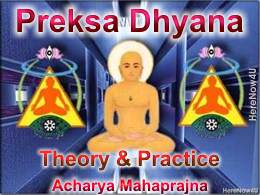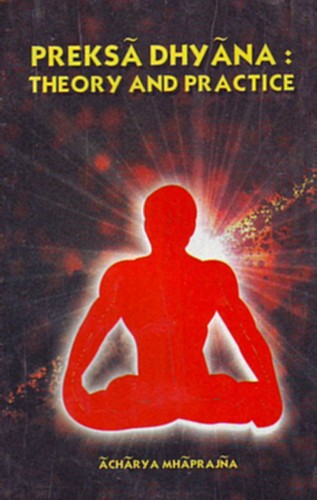
Tension in Daily Life
We live in the age of tensions and because we are confronted with more and more situations that produce stress, increasing numbers of people at younger ages are suffering from hypertension, which results in high blood-pressures, heart-attacks and premature deaths. Our most pernicious anxiety involves common problems of daily life such as the daily commute in a congested city, rising cost of living, unabating shortages of daily necessities, polluted air and water. These and many other insoluble difficulties appear to have been built into our daily life.
The existence of mental stress as a part of modern living has been universally accepted. Frequent stressful situations affect us, not only psychologically, but also undermine our physical health. If we can learn to stop all muscular activity and breathe slowly and scientifically, we can save ourselves from many difficulties. In this age of overactivity, conscious relaxation is a panacea for many maladies and problems. Overactivity and unbroken restlessness produce mental upsets and somatic diseases. The only safe remedy is conscious relaxation and deliberate suspension of all bodily movements.
Bodily movements, speech and mental functions are threefold activities of our organism. One of the facets of meditational practice is reduction or total cessation of each of these activities. Three types of meditational practices thus ensue from the trinity of activities. Kayotsarga comes under one of these three types.
Kayotsarga literally means abandonment of the body coupled with high degree of conscious awareness. In practice, it is conscious suspension of all gross movements of the body resulting in relaxation of the skeletal muscles and drastic reduction of metabolic activities. This physical condition results in relieving mental tension and is an essential precondition for meditational practice. It becomes, therefore, the first phase of preksa-dhyana, and must be practised for a few minutes at the commencement of all types of exercises. Apart from this, kayotsarga may be independently practised daily for longer periods. If one learns and practises systematic relaxation everyday, he would remain relaxed, calm and unperturbed in any situation. Physically, it is more restful than sleep, and is the more harmless and direct antidote to psychosomatic maladies resulting from tension. Spiritually, in this process, the lifeless body is cast off, while the consciousness soars upwards freed from and outside its material shell.
Every muscle in each part of the body is persuaded to relax by autosuggestion. When the whole body has become relaxed, there is an acute and actual perception of rest and relaxation, which is no longer autosuggestion, but is real experience. Once this stage is reached, the body is cast off and forgotten, and the conscious element reveals its separate existence.
Thus kayotsarga is not only total relaxation, but actual perception of the self, quite apart from the material non-self i.e. the body.
 Acharya Mahaprajna
Acharya Mahaprajna

